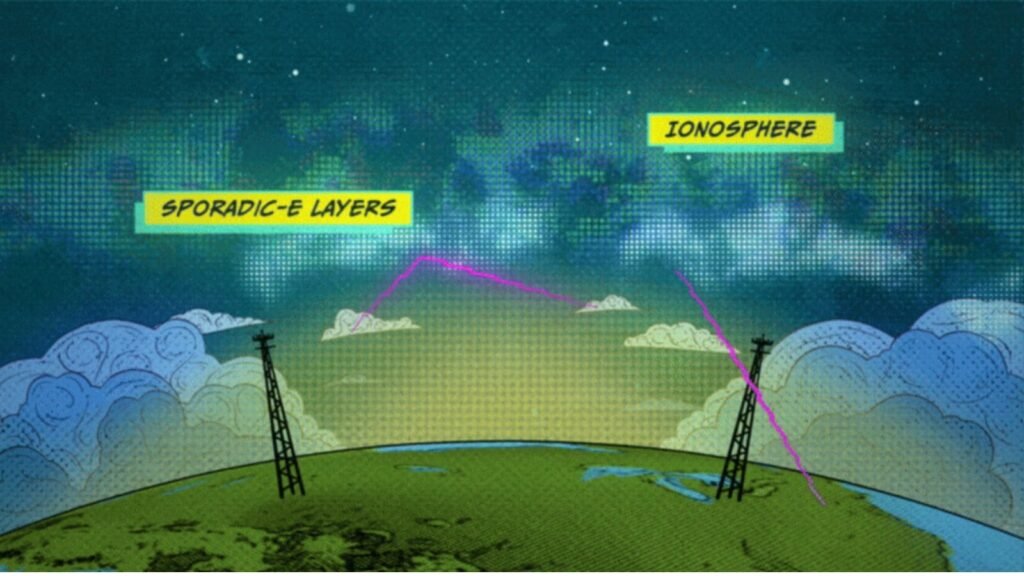Last update:
NASA will launch missiles from Kwajalein Atoll to study separate layers, high -height clouds that disrupt radio connections, affecting air traffic and military radars.

The moving clarification shows intermittent layers-E formed in the lower parts of the ionosphere, causing radio signal reversal to the ground before reaching higher layers of ionosphere. (NASA)
NASA is scheduled to launch a series of missiles from the Pacific Pacific Island, specifically Kawakhalaen on the islands in the Marshall Islands, to study the “mysterious” cloud structures. These configurations can interfere with critical communication systems, making them an important field of research.
Uns the non-counterfeit spacecraft that carry scientific tools from Kwajalein Atoll in the Marshall Islands within a three-week window, starting on Friday (June 13), under the task called SPORADIC-E, or seeds.
The researchers aim to study separate layers in the lower sassviri, as they cause radio signals to the ground instead of reaching the upper ionic layers.
This reflection of radio signals leads to a set of problems for radio communications. Air traffic controls and marine radio users may receive signals from remote areas, which are incorrectly attributed to nearby sources. In addition, military radars may discover false targets or “ghosts” and receive distorted significant signals.
According to NASA, intermittent layers are constantly formed, moving and dispelling-which makes it difficult to expect such disorders.
“These sporadic layers are invisible to the naked eye, and they can only be seen by the radar. In radar plans, some layers such as non -clearing and swollen clouds appear, while others spread, similar to a cloudy sky, which we call absolute layers,” said Arua Baria, the main investigator of the seed mission.
“There is a lot of interest in predicting these classes and understanding their dynamics because of how they interfere with contacts,” he added.
The ionosphere, an area of the Earth’s atmosphere that extends from 60 to 1000 km, is made of molecules or charged ions. These ions are partially derived from meteorites that burn in the atmosphere, leaving behind tracks of ionized elements such as iron, magnesium, calcium, sodium and potassium suspended in the sky.
These “heavy metals”, which are more large than the usual ionosphere molecules, tend to settle at low altitudes, usually less than 140 km. Sometimes, they gather to form dense groups known as separate layers.
- Posted for the first time:












